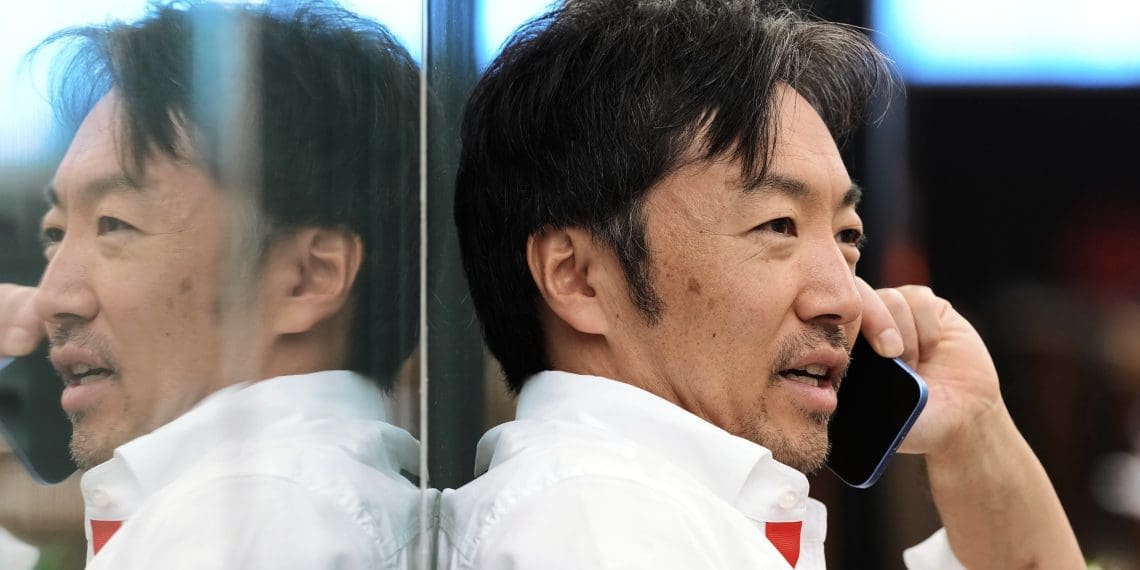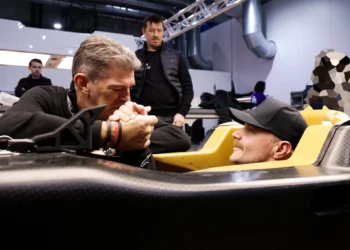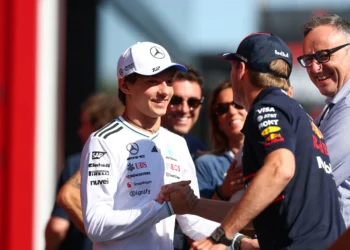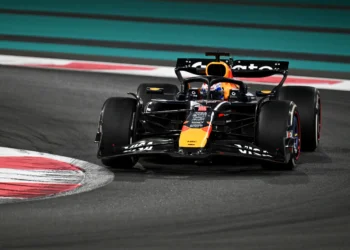The Formula 1 paddock is heating up over a potential rule change for the 2026 season, and Haas boss Ayao Komatsu isn’t holding back. A proposed regulation that would require teams finishing fifth or higher in the Constructors’ standings to produce all components in-house could, according to Komatsu, cripple smaller outfits like Haas and fundamentally alter the sport’s competitive landscape.
“A Killer for Small Teams”
Haas, the grid’s smallest team and a pioneer of the customer team model, relies heavily on components supplied by Ferrari, including power units, gearboxes, and rear suspensions. If the rule passes, any team finishing fifth or higher would need to develop all components themselves with a three-year lead time, a task Komatsu argues would be impossible for smaller teams.
“This would be a killer for small teams,” Komatsu warned. “If Formula 1 wants as many teams as possible to be competitive, then it will reject this rule.”
Komatsu pointed out that the sport thrives on David vs. Goliath battles, where underdogs like Haas have a chance to challenge the big-budget juggernauts. “What fan cares whether the gearbox or the suspension comes from Ferrari or from us?” he asked, emphasizing that the use of transferable components doesn’t give Haas a budget cap advantage.
“A Business Model at Risk”
Haas’ entire business model is built around its reliance on supplied parts and third-party support. Without it, the team’s very survival in Formula 1 would be in jeopardy. Komatsu highlighted the technical alliance with Toyota, which has helped Haas bolster its simulator and car-testing programs—resources the team couldn’t afford independently.
For Haas, which entered F1 in 2016 using a customer model to compete, the proposed rule change could undo years of effort. “Without third-party influences, we wouldn’t have even made it to F1,” Komatsu said bluntly.
“Rising Competitiveness Spurs Rule Push”
Haas’ improved performance in recent seasons, where it is now a solid midfield contender fighting for sixth place in the Constructors’ standings, has likely prompted concerns from rivals. Teams are wary of Haas’ model, which allows them to leverage Ferrari’s technology while staying within budget constraints.
Komatsu’s warning comes as broader concerns surface about similar practices in the paddock. Red Bull’s relationship with sister team AlphaTauri has faced ongoing scrutiny, with McLaren CEO Zak Brown leading the charge.
“It’s a serious issue for the fairness of the sport,” Brown said. “That’s why it’s pretty much not allowed in any other form of major sport. It might give someone an unfair advantage, and I think that’s something we need to tackle quickly.”
“Fairness or Survival?”
The debate strikes at the heart of Formula 1’s competitive ethos. While larger teams argue for stricter rules to level the playing field, smaller teams like Haas see such proposals as existential threats.
Haas already operates on one of the smallest budgets on the grid and remains under-resourced compared to its rivals. The proposed rule would require a significant expansion of infrastructure and staffing—investments that could far exceed what the team can afford.
“What’s Next?”
With the 2026 regulations still in the proposal stage, the paddock remains divided. Proponents argue that enforcing in-house development for higher-performing teams would ensure fairness, while critics like Komatsu view it as a move that could force smaller teams out of the sport entirely.
Formula 1’s governing bodies will need to strike a delicate balance—preserving the integrity of the sport while ensuring that smaller teams like Haas can continue to compete without breaking their business models.
For now, the fate of the rule and its potential impact on the grid remains uncertain, but one thing is clear: the stakes couldn’t be higher for Formula 1’s minnows.










